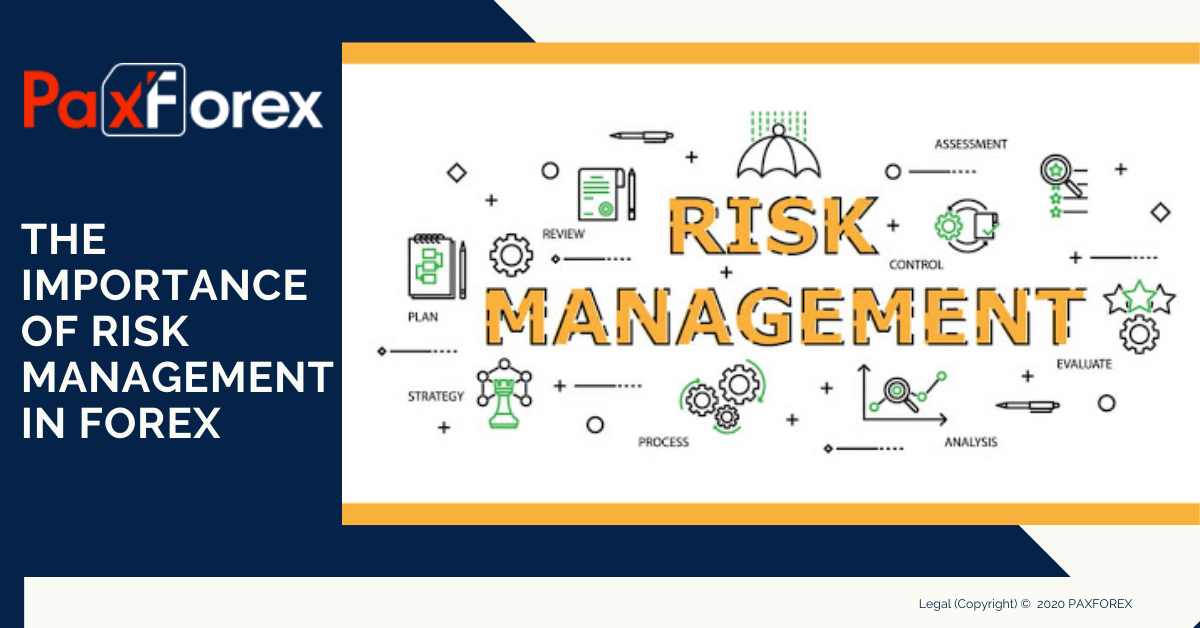The Strategic Importance of Risk Management in Building Business Advantage
The Strategic Importance of Risk Management in Building Business Advantage
Blog Article
Exploring the Relevance of Risk Management for Effective Decision-Making Techniques
In the detailed world of business, Risk Management arises as a vital factor in the decision-making procedure. The capacity to determine possible dangers and chances, and strategize accordingly, can spell the distinction between success and failing.
Recognizing the Concept of Risk Management
Risk Management, an essential part in decision-making, is often misinterpreted or oversimplified. Risk Management involves organized and regimented techniques, making use of information and informative assessments. From monetary uncertainties, lawful liabilities, strategic Management errors, to accidents and natural calamities, it deals with numerous dangers - importance of risk management.
The Function of Risk Management in Decision-Making Processes
In the realm of tactical planning and company procedures, Risk Management plays an indispensable function in decision-making processes. Risk Management hence comes to be an important tool in decision-making, aiding leaders to make enlightened options based on a thorough understanding of the risks entailed. Risk Management serves as an essential element in the decision-making processes of any company.

Exactly How Risk Management Enhances Strategic Preparation
In the context of calculated preparation, Risk Management plays a critical function. Initiating with the identification of prospective risks, it further encompasses the implementation of Risk mitigation measures. The role of Risk Management is not static but dynamic, as it requires continuous surveillance and adjusting of strategies.
Determining Potential Dangers

Carrying Out Risk Mitigation
Risk mitigation strategies can range from Risk avoidance, Risk transfer, to run the risk of decrease. Each technique must be tailored to the particular Risk, considering its possible effect and the organization's Risk tolerance. Reliable Risk mitigation requires a deep understanding of the Risk landscape and the possible effect of each Risk.
Surveillance and Changing Methods
Though Risk mitigation is an important step in tactical planning, continual monitoring and modification of these strategies is equally essential. This continuous process enables organizations why not look here to determine new risks and reassess existing ones, ensuring the implemented strategies stay effective in the ever-changing organization setting. It additionally supplies an opportunity to evaluate the success of the Risk Management steps, permitting modifications to be made where necessary, further improving tactical preparation. Effective monitoring and change require making use of analytics and crucial efficiency signs (KPIs) to determine performance. These devices give beneficial data-driven insights that can educate critical decision-making. As a result, monitoring and changing Risk Management techniques is a critical element for boosting a company's durability and tactical planning.
Situation Researches: Effective Risk Management and Decision-Making
Worldwide of organization and financing, effective Risk Management and decision-making typically work as the columns of prosperous ventures. One such entity is an international oil company that minimized financial loss by hedging versus rising and fall oil costs. In another instance, a technology start-up grew by determining and approving high-risk, high-reward approaches in a volatile market. A global bank, faced with governing uncertainties, efficiently navigated the circumstance via positive Risk analysis and vibrant decision-making. These cases highlight the value of astute Risk Management in decision-making procedures. It is not the lack of Risk, but the Management of it, that usually differentiates effective firms from not successful ones. These cases underscore the crucial role of Risk Management in calculated decision-making. importance of risk management.
Devices and Strategies for Reliable Risk Management
Browsing the complex puzzle of Risk Management requires check out here the appropriate set of devices and strategies. These devices, such as Risk signs up and heat maps, aid in identifying and evaluating potential dangers. Methods include both measurable methods, like sensitivity analysis, and qualitative approaches, such as SWOT analysis. These assistance in prioritizing risks based upon their possible influence and possibility. Risk reaction techniques, a key part of Risk Management, entail accepting, preventing, moving, or mitigating threats. Surveillance and controlling dangers, via regular audits and reviews, guarantee that the strategies continue to be effective. With these strategies and devices, decision-makers can browse the facility landscape of Risk Management, thus helping with educated and effective decision-making.
Future Fads in Risk Management and Decision-Making Methods
As we check out the substantial landscape of Risk Management, it ends up being obvious that the methods and devices made use of today will certainly continue to click to investigate develop. The concept of Risk society, where every participant of a company is aware and involved in Risk Management, will certainly gain much more importance. These patterns advertise a more aggressive and comprehensive method towards Risk Management and decision-making.
Verdict

Risk Management hence comes to be an essential device in decision-making, aiding leaders to make educated options based on a comprehensive understanding of the risks entailed. Risk mitigation strategies can vary from Risk evasion, Risk transfer, to run the risk of reduction (importance of risk management). Reliable Risk mitigation requires a deep understanding of the Risk landscape and the potential impact of each Risk. Risk feedback methods, an essential component of Risk Management, entail accepting, avoiding, moving, or mitigating dangers. The concept of Risk culture, where every participant of an organization is mindful and included in Risk Management, will certainly get more prestige
Report this page